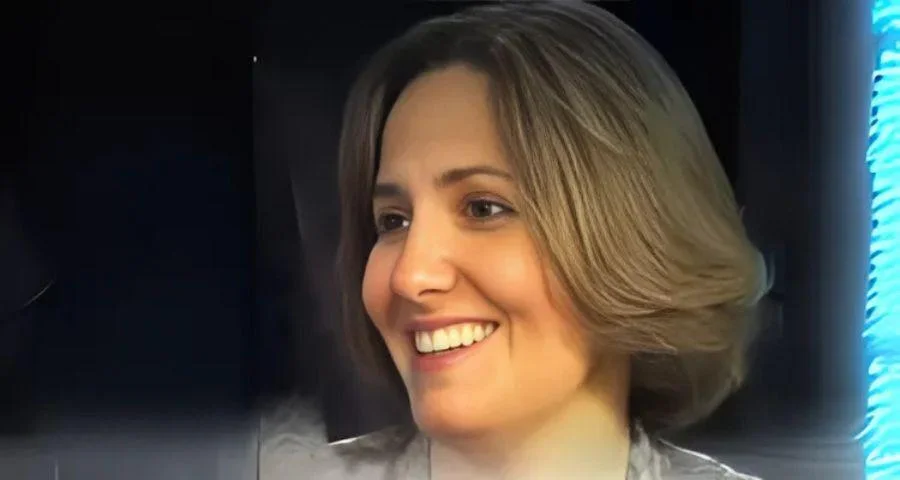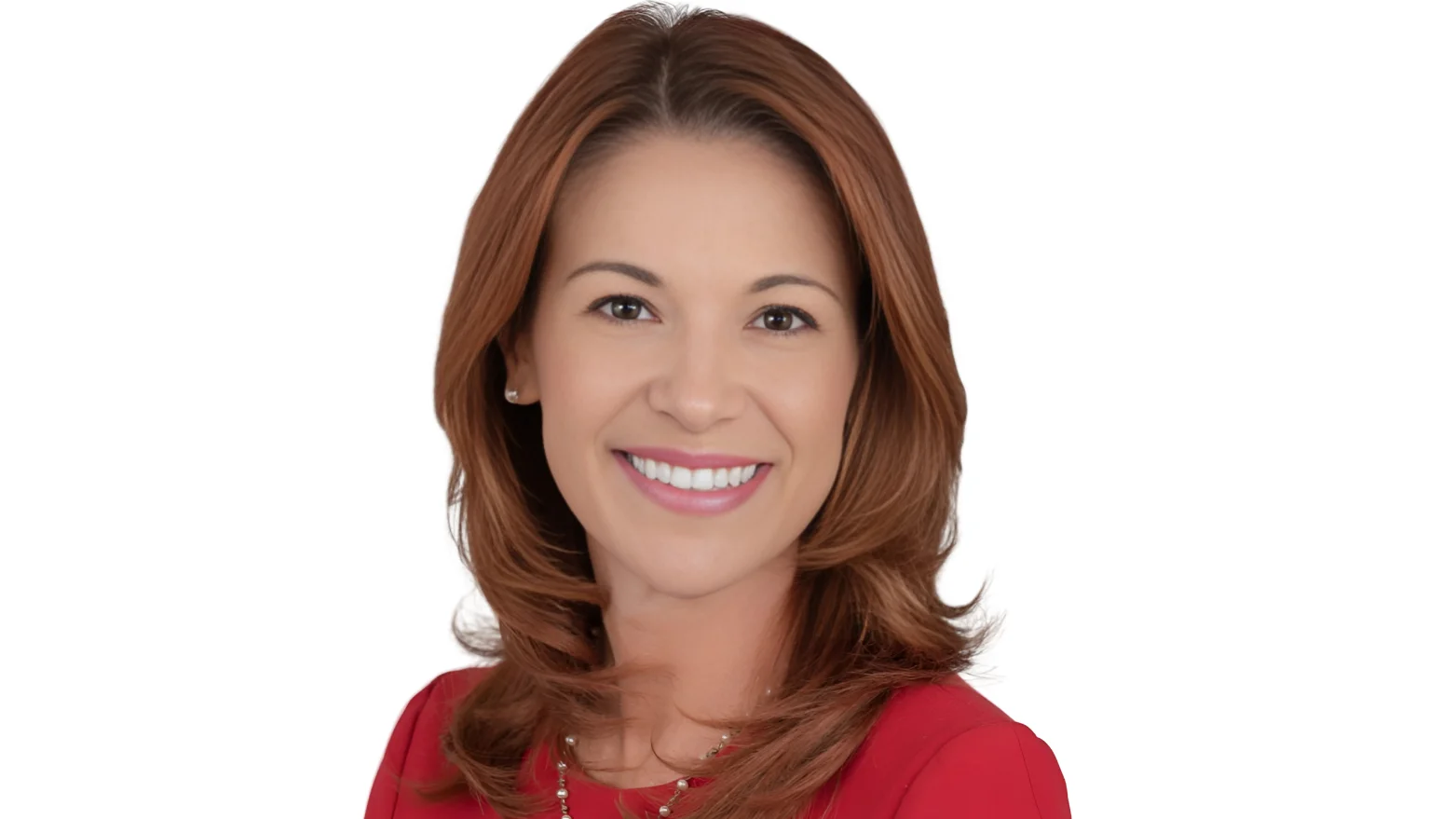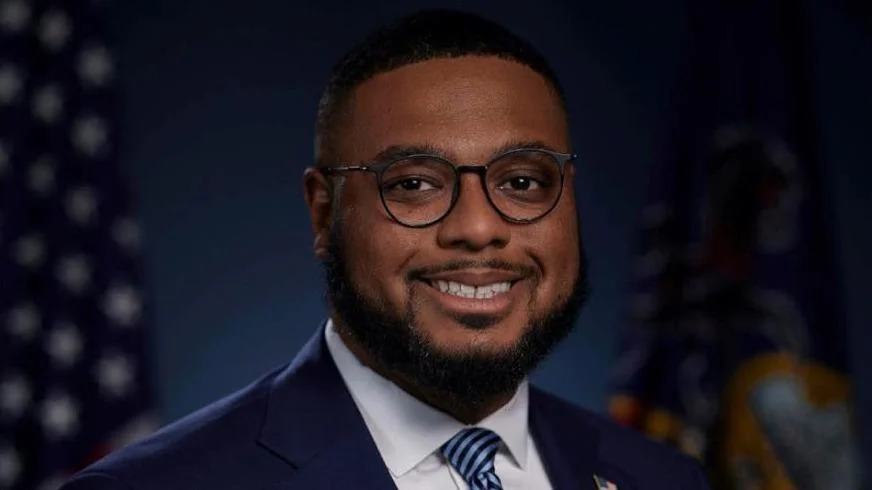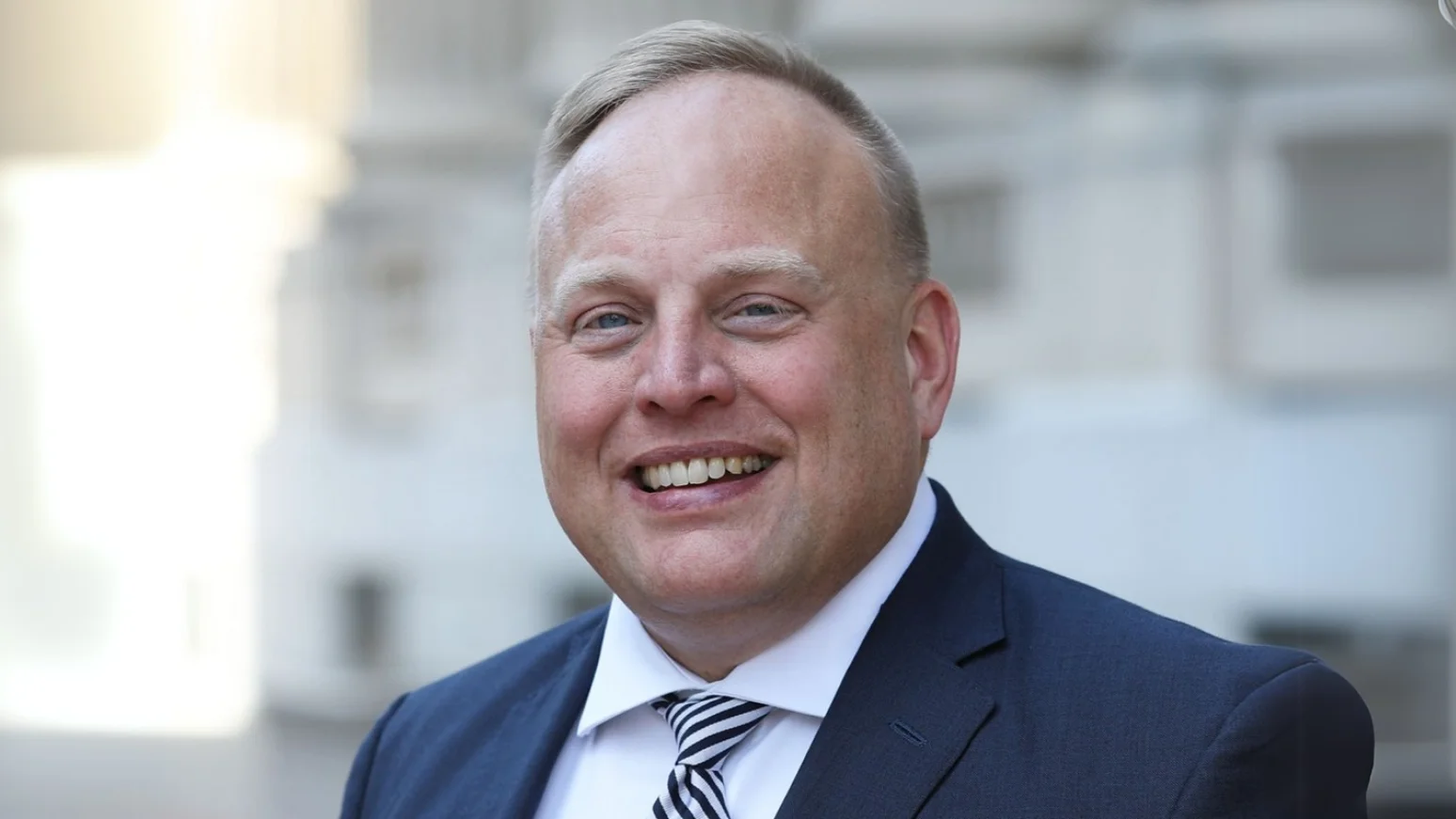
Elizabeth “Betsy” Corcoran, Co-founder and CEO | EdSurge Research
At a Colorado high school, Marissa Garcia works as a mental health navigator, supporting between 20 and 40 students each week. Her role involves meeting individually with students identified for issues such as declining attendance or low engagement, helping them access community resources like food banks and public assistance, and listening to their concerns about the challenges of adolescence in the digital age.
Garcia is part of the Youth Mental Health Corps, a national service program that deploys young adults as "near-peer" mentors in communities where mental health resources are limited. At 24 years old, Garcia is close in age to the students she supports—a deliberate feature of the initiative designed to foster connection.
The Youth Mental Health Corps was created in response to ongoing concerns about youth mental health. Nationally, two out of five high school students report feeling sad or hopeless, and nearly one in ten have attempted suicide. At the same time, about one-third of Americans live in areas lacking sufficient mental health services.
The program aims both to provide support for middle and high school students at risk for mental health challenges and to give recent graduates experience in behavioral health careers. In its first year, 317 corps members worked across four states—Colorado, Minnesota, Michigan, and Texas—serving approximately 16,000 students at 172 sites. The second year has expanded into seven additional states: California, Iowa, Maryland, New York, Oregon, Utah, and Virginia. Plans are underway for another seven states to join by the 2026-27 school year.
Tracy Huebner from WestEd evaluated the program’s early impact. She observed positive outcomes including fewer behavioral referrals and improved student attendance at participating schools. Huebner said that stigma around mental health appears to be decreasing as more students proactively seek help.
“Adults who supervised corps members saw their value add,” Huebner said. “They are an extra set of eyes, an extra pair of hands, and just brought something to the environment that wasn’t there before.”
A key element is placing navigators who share backgrounds with those they serve; many come from similar geographic regions or communities. This shared experience helps build trust between navigators like Garcia and their students.
“The way we connect feels more authentic,” Garcia said. “That builds more trust. Some of the stuff I struggled with—they’re struggling with now.”
In her position at school, Garcia often determines whether a student needs specialized intervention or simply someone who will listen empathetically.
Alise Marshall from Pinterest—a co-creator of the initiative—noted: “There’s a continuum of needs so there should be a continuum of care to meet those needs.” Marshall added: “This is not about supplanting educators or school counselors... It’s about supplementing schools and community-based organizations and health clinics with additional supports.”
Garcia believes her presence eases pressure on other staff members working on student mental health issues.
“Our social worker and therapist are swamped,” she said. “They may not have time to check in with students... I’ve been able to navigate mental health crises on my own without pulling in every other adult.”
Her training came through AmeriCorps—another partner organization—which provided instruction in mental health first aid and de-escalation strategies along with relevant college coursework.
Marie Groark from the Schultz Family Foundation described the model as adaptable: “The power of this model is it’s responsive to local needs …and contextualized by place.” Huebner found variations across case studies conducted in different states but noted all followed a shared framework tailored locally.
Early evidence suggests participation encourages young people toward careers in education or behavioral health; all four corps members tracked by Huebner plan further work or study in these fields—including Garcia herself.
“I did not want to work in a school before this,” Garcia said. “Now I don’t want to leave... This is what I want to do—the work I do in schools with mental health and basic needs for students.”





 Alerts Sign-up
Alerts Sign-up